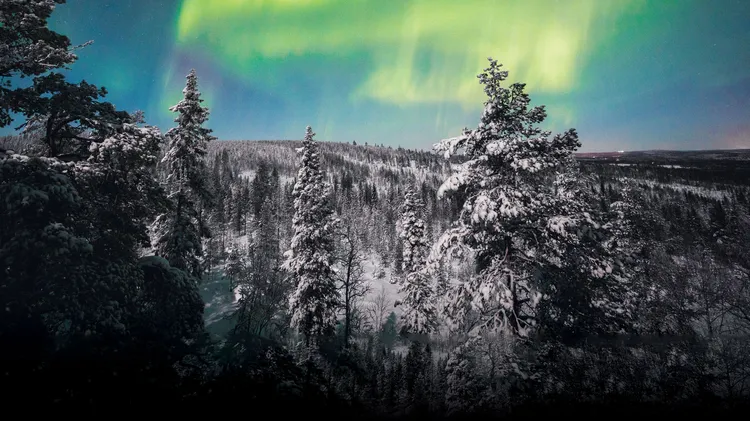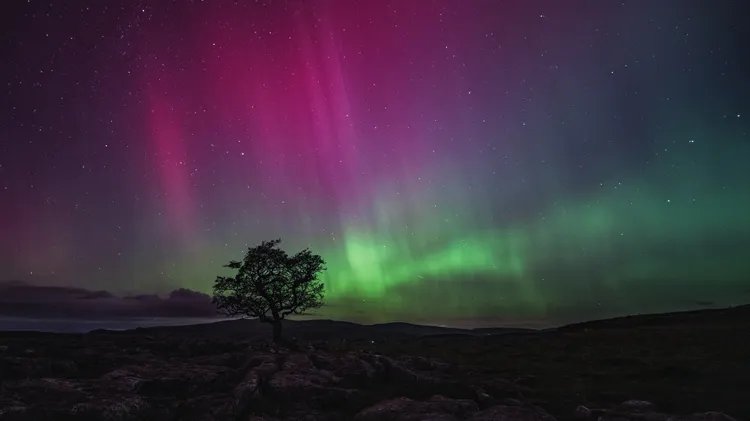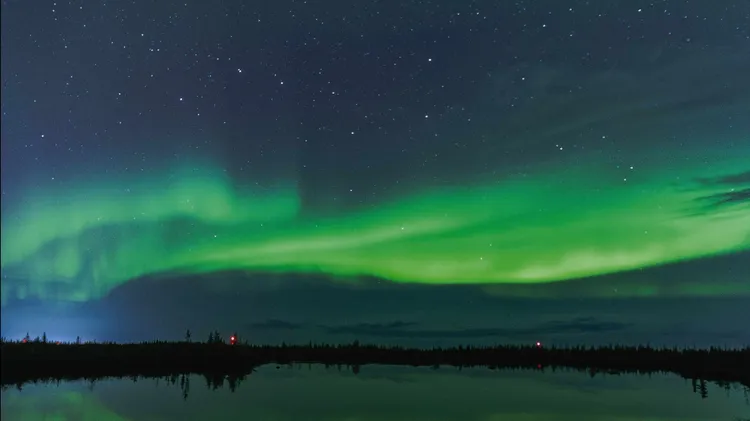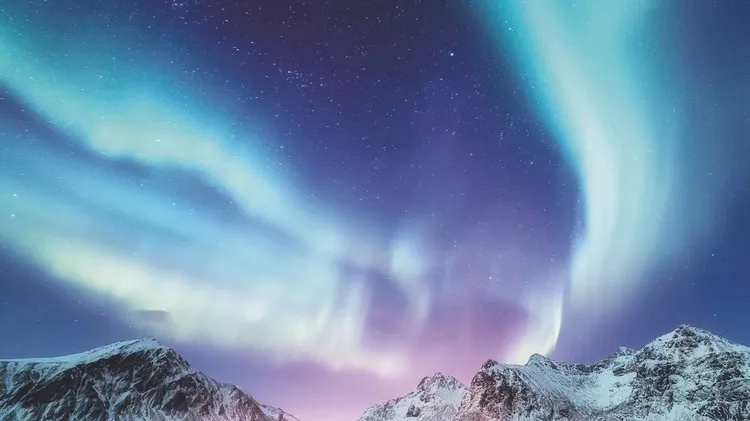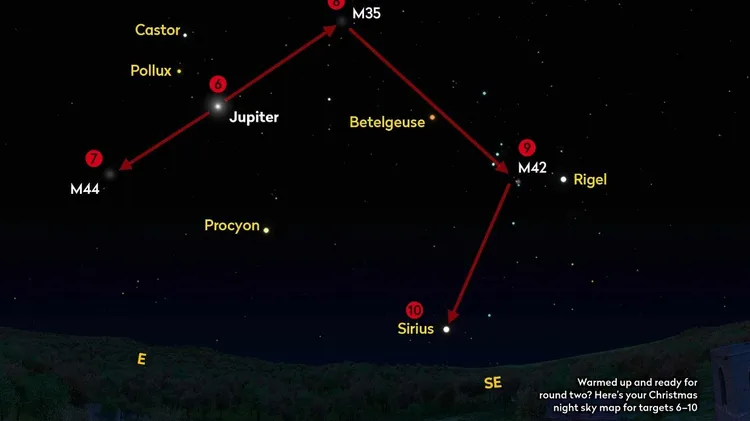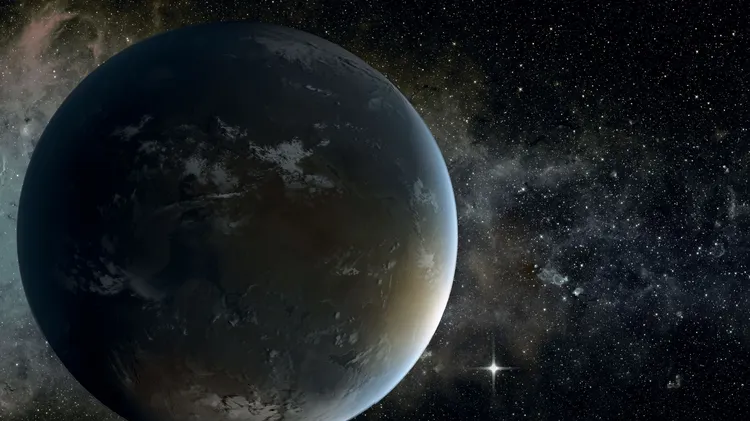We could be in for some incredible aurora displays as the Sun’s ma
Aurorae and solar maximum
5 min read
This article is from...
Read this article and 8000+ more magazines and newspapers on Readly

